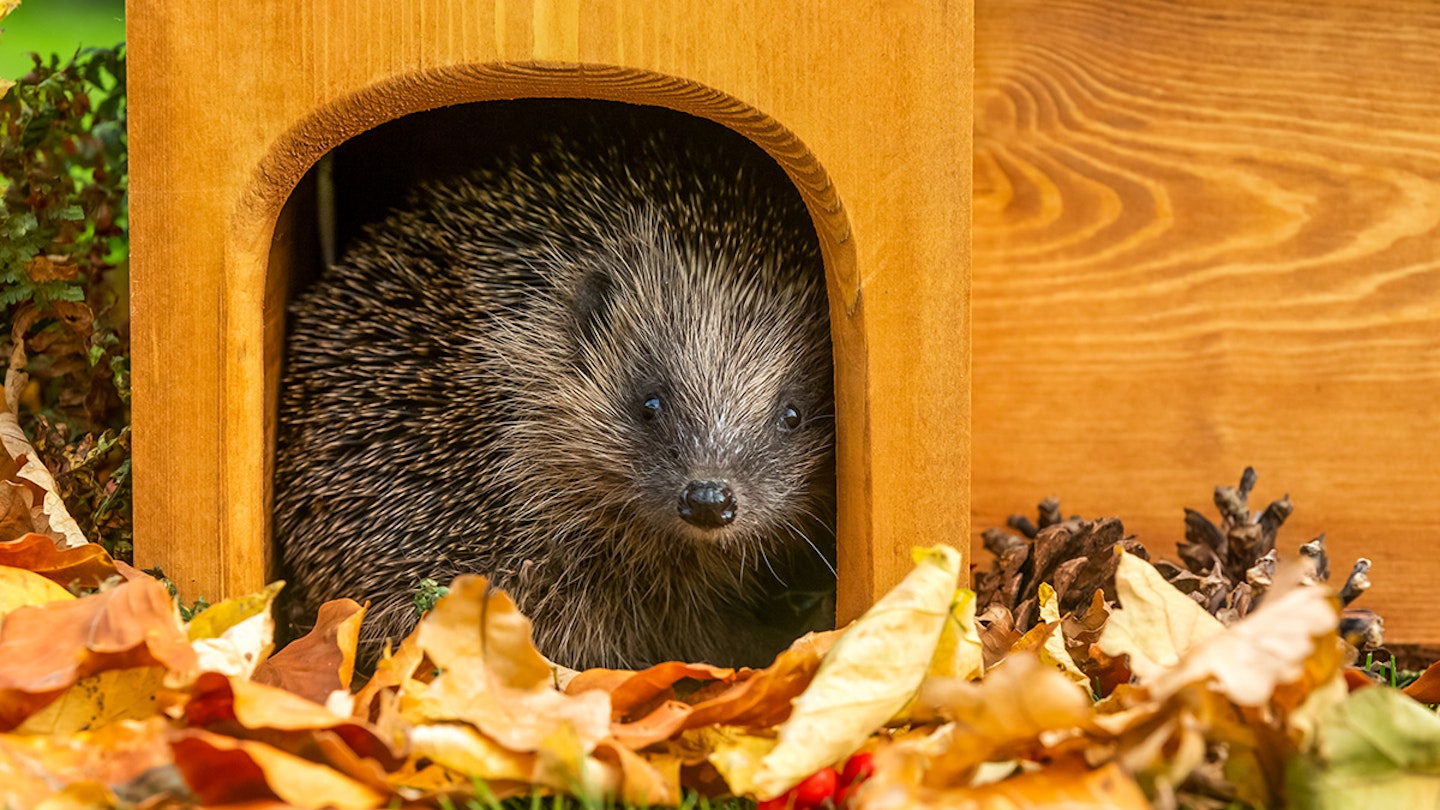For those looking to attract wildlife to their garden, it's worth knowing how to make a hedgehog house or buying a pre-made one. Did you know that there are less than a million hedgehogs left in the UK? This is compared to the 1950s when there were believed to be over 30 million. Latest figures from The State of Britain's Hedgehogs report have found that numbers are down in rural areas by between 30 per cent and 75 per cent since 2000.
If you're concerned about these figures, building a hedgehog house is a great way of helping to provide shelter for them so they hibernate or even raise their young. The RSPB recommends putting it in place during spring or summer as this means it will be ready when they're house-hunting in autumn.
It's actually much easier than you think too - here's a fantastic tutorial on how to make a house for a hedgehog from RSPB. However, if you don't fancy making one, scroll down to find our selection of the best hedgehog houses money can buy.
You will need:
Two sheets of FSC timber (from a sustainable source) exterior plywood, at least 1.5cm thick, and 60cm wide by 2m long. Note, measurements are for 1.5cm thick wood. Adjust accordingly.
Saw
Hammer
Nails or screws
Small hand saw
Short length of narrow drainpipe
Dried leaves
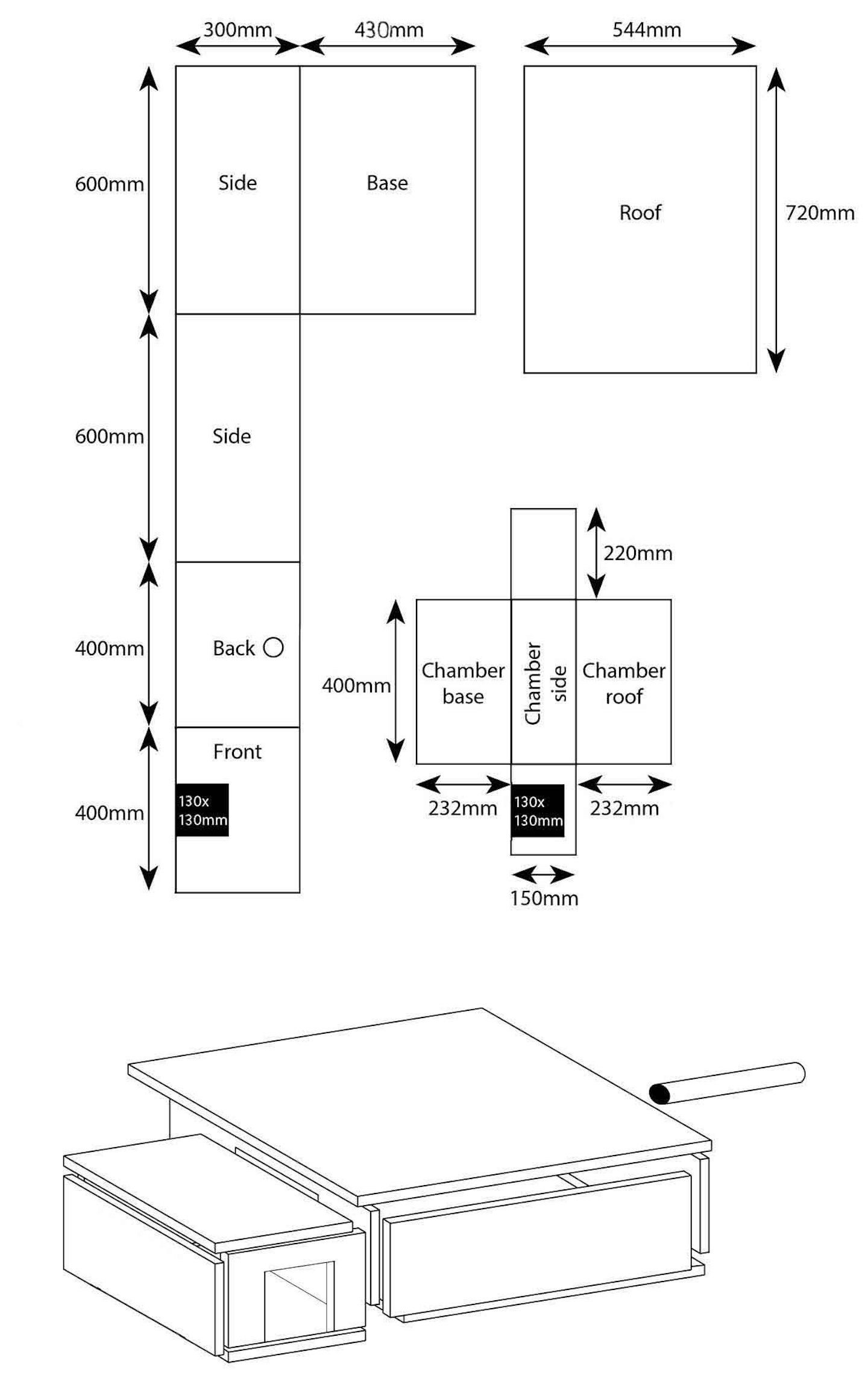
1. Make your hedgehog home.
Cut out sections as shown on the diagram and nail all the pieces together except the roof.
Fill the chamber with a layer of dead, dry leaves. Hedgehogs prefer small leaves such as birch, oak, hawthorn or hazel. Then screw the roof to the box so that you can remove it in future to clean the box out. Place the narrow drainpipe in the hole at the back for ventilation.
You might want to get creative and design one from logs or old packing cases, as long as you follow the basic principles.
2. Now you’ve finished making your box, find somewhere suitable to put it.
Hedgehogs can be a little fussy about where they live. The box needs to be out of direct sunlight and the front entrance should be out of the wind.
A quiet part of the garden under thick vegetation or behind a shed is ideal.
3. Cover the outside in a pile of woody garden cuttings and leaves.
You can, if you like, even cover it with soil, leaving just the entrance hole and ventilation pipe free.
4. Aftercare.
It's worth clearing out the hedgehog home every year or two. You can do this in April, after their hibernation but before hedgehogs start producing hoglets. However, the ideal time is in October before they go into hibernation, and after most of the litters have been weaned.
5. Monitoring your hedgehog home.
Remember that you won't see any activity between October and March/April when they’re hibernating.
If you'd like to find out if your box is being used, put something in front of the entrance that won't blow away but can be easily moved by a hedgehog, like a scrunched-up piece of newspaper. If a hedgehog is at home, you’ll find it will have been moved by the next morning.
The best hedgehog houses in the UK to buy
If you don't have the time to build a DIY hedgehog house, what about buying one instead? Here are some great options...
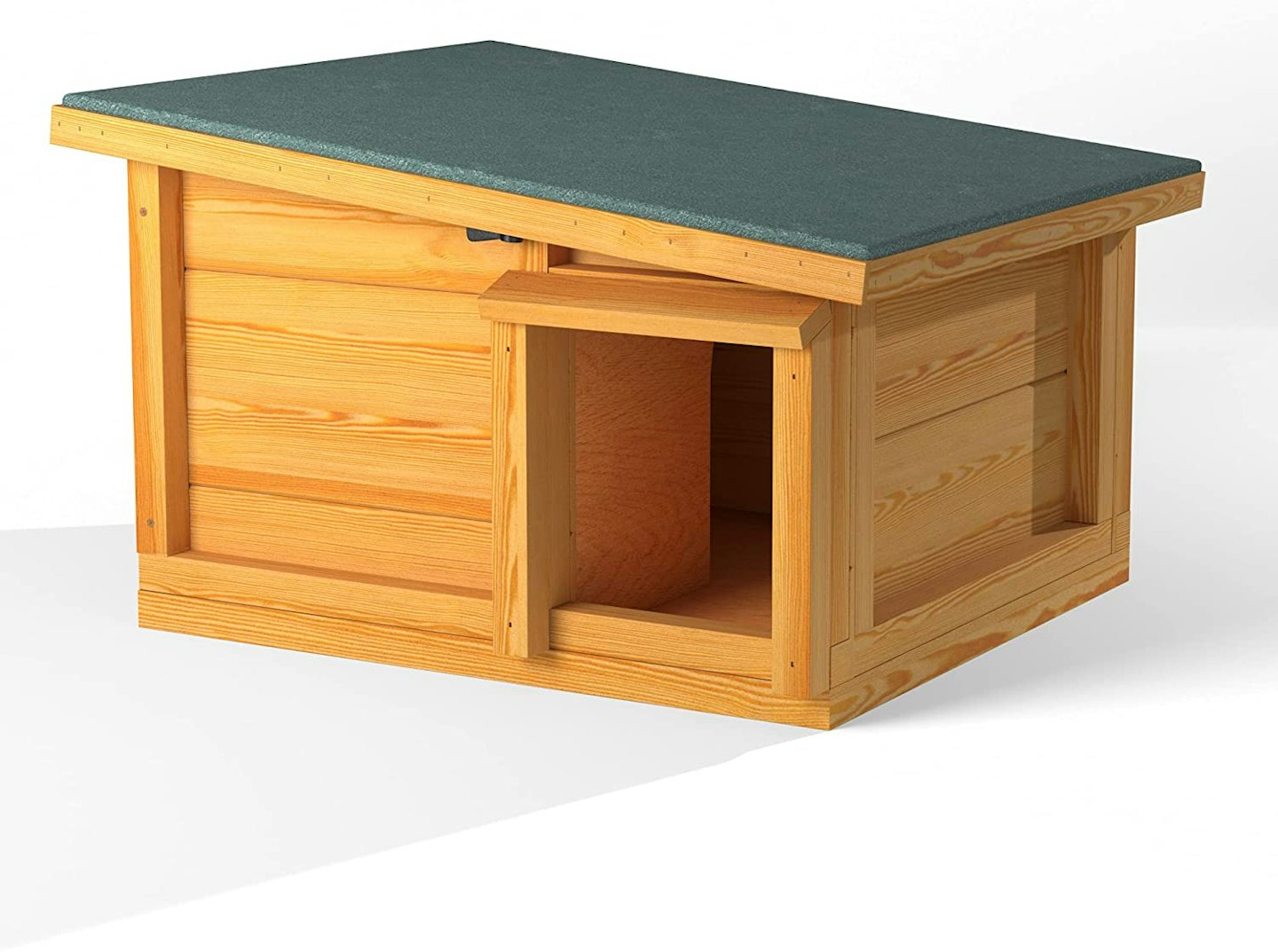
Simple but effective, this hedgehog home from The Hutch Company also doubles up as a hibernation shelter for the winter. It's crafted from responsibly sourced FSC timber and it has a removable roof for easy cleaning.
A you can see from the dimensions, it is spacious and it has a divider which separates the sleeping and eating areas. Customers have commented on its sturdiness, with one saying that the" house came already assembled. The lid has two latches to stop the lid from being knocked off by predators."
Pros
- Detachable lid is on hinges to prevent predators from climbing inside
- Separate sleeping area
Cons
- May not be fully weatherproof in wet conditions
| Dimensions: | 46.8 x 41 x 28 cm |
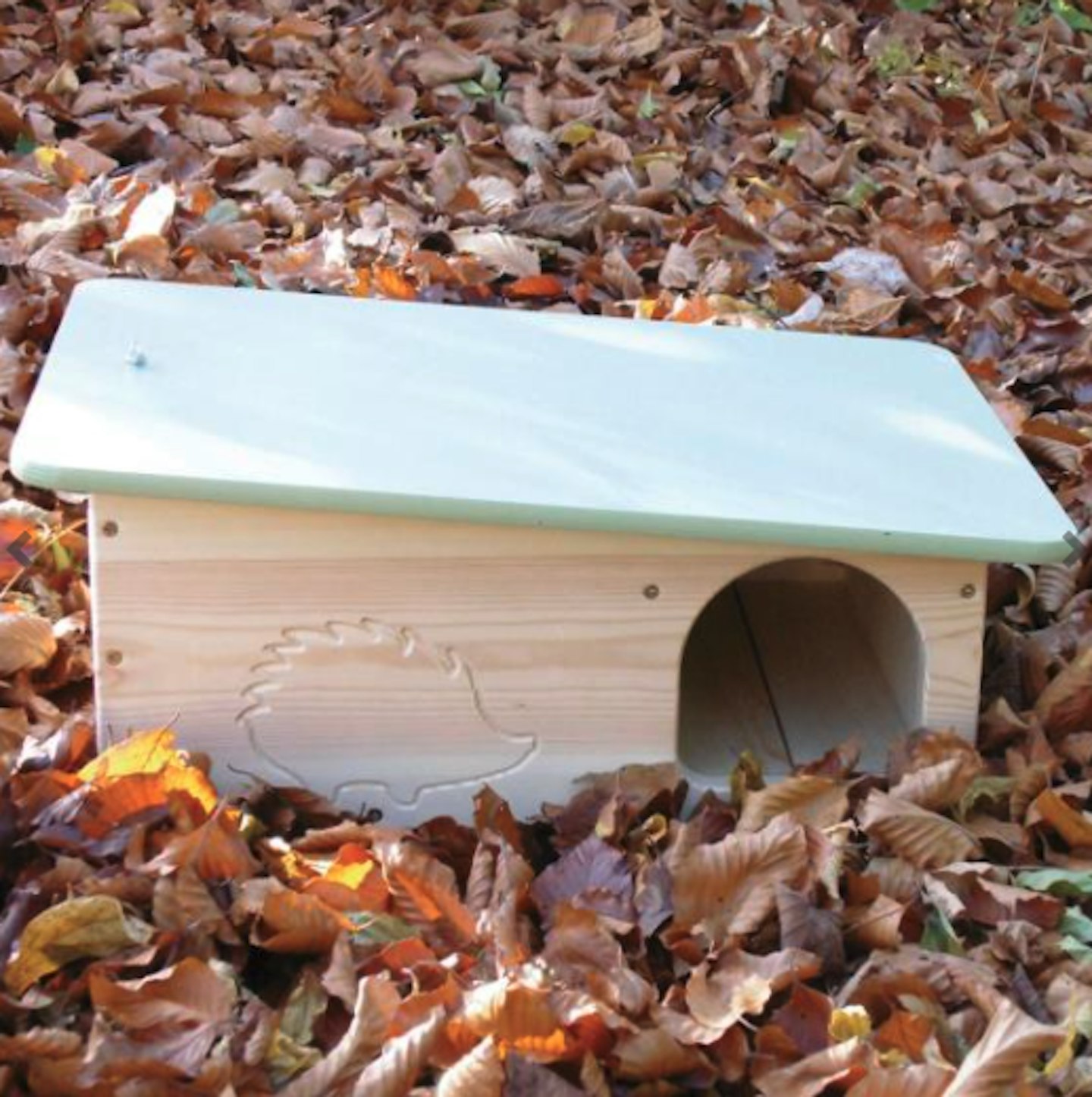
shopping.rspb.org.uk
RSPB have created this sweet hedgehog house with a slanted roof, which helps to keep away predators (as they won't be able to fit through the door), whilst giving the hedgehogs more space once they are inside the shelter.
Customers liked that "it's already got a small hole for a wildlife camera to be added", but one said that they "wish they told you which camera would suit it or how to install it".
Pros
- Ventilation holes create air circulation
- Small entrance opened up into a wider space
Cons
- Doesn't specify which wildlife cameras would fit inside the pre-drilled hole
| Dimensions: | External: 53 x 40 x 23.5cm.<br>Internal (hedgehog living space): 43 x 34 x 17cm |
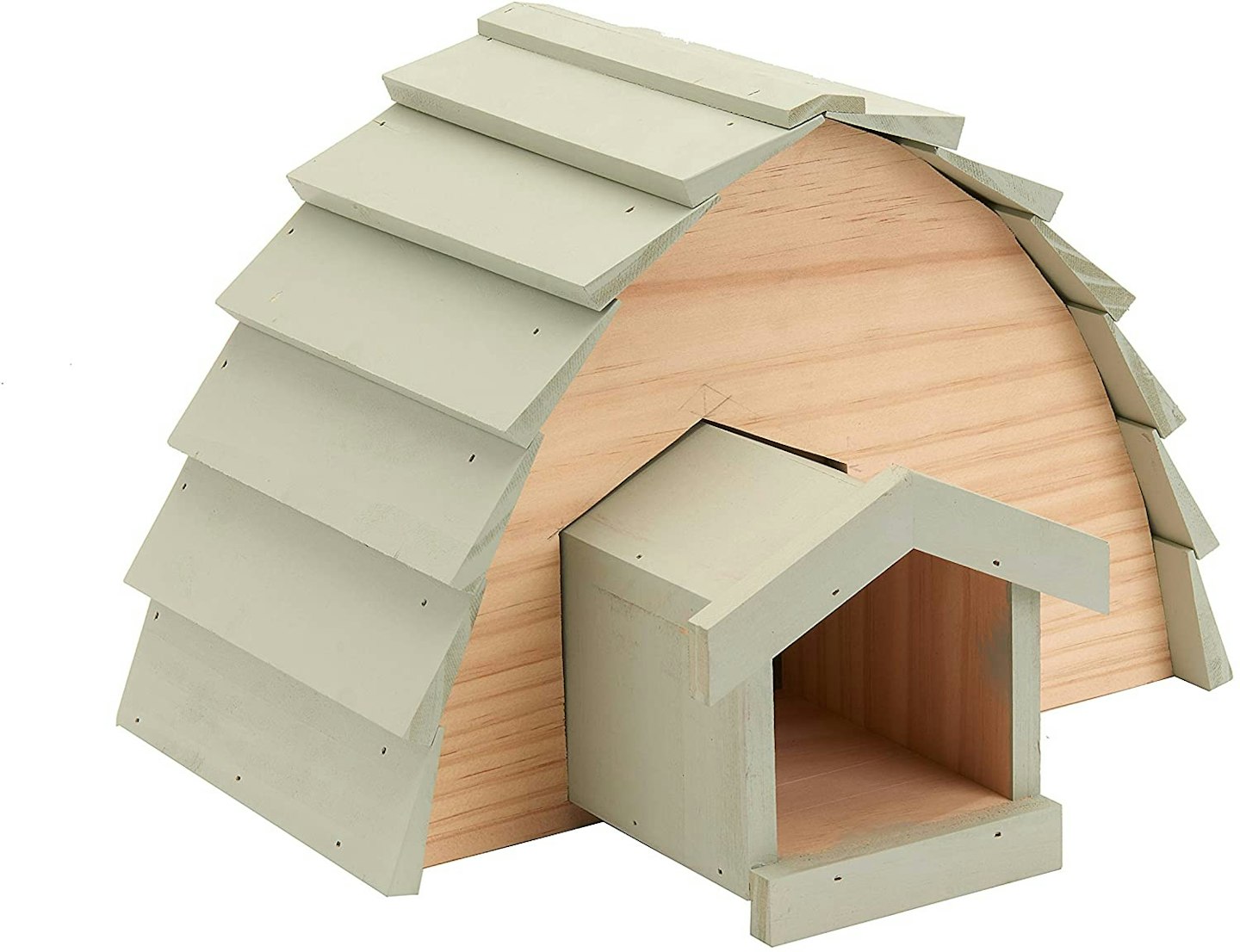
Now, this is one stylish house for hedgehogs! The colours are nice and the slats on the roof help water to run down it. Plus, the doorway is protruding to provide extra protection from hungry predators.
One customer loved it so much, they said: "bought this for my mum as a gift it’s super cute wanted to keep it myself". They "love the way the little tunnel comes out at the front" and that "it also has a little door at the back for emptying".
Pros
- Protruding doorway for extra protection
- Removable back panel, giving easy access for cleaning purposes
Cons
- Quite small, so may not fit all types of wild hedgehog
| Dimensions: | 31 x 18 x 22cm |
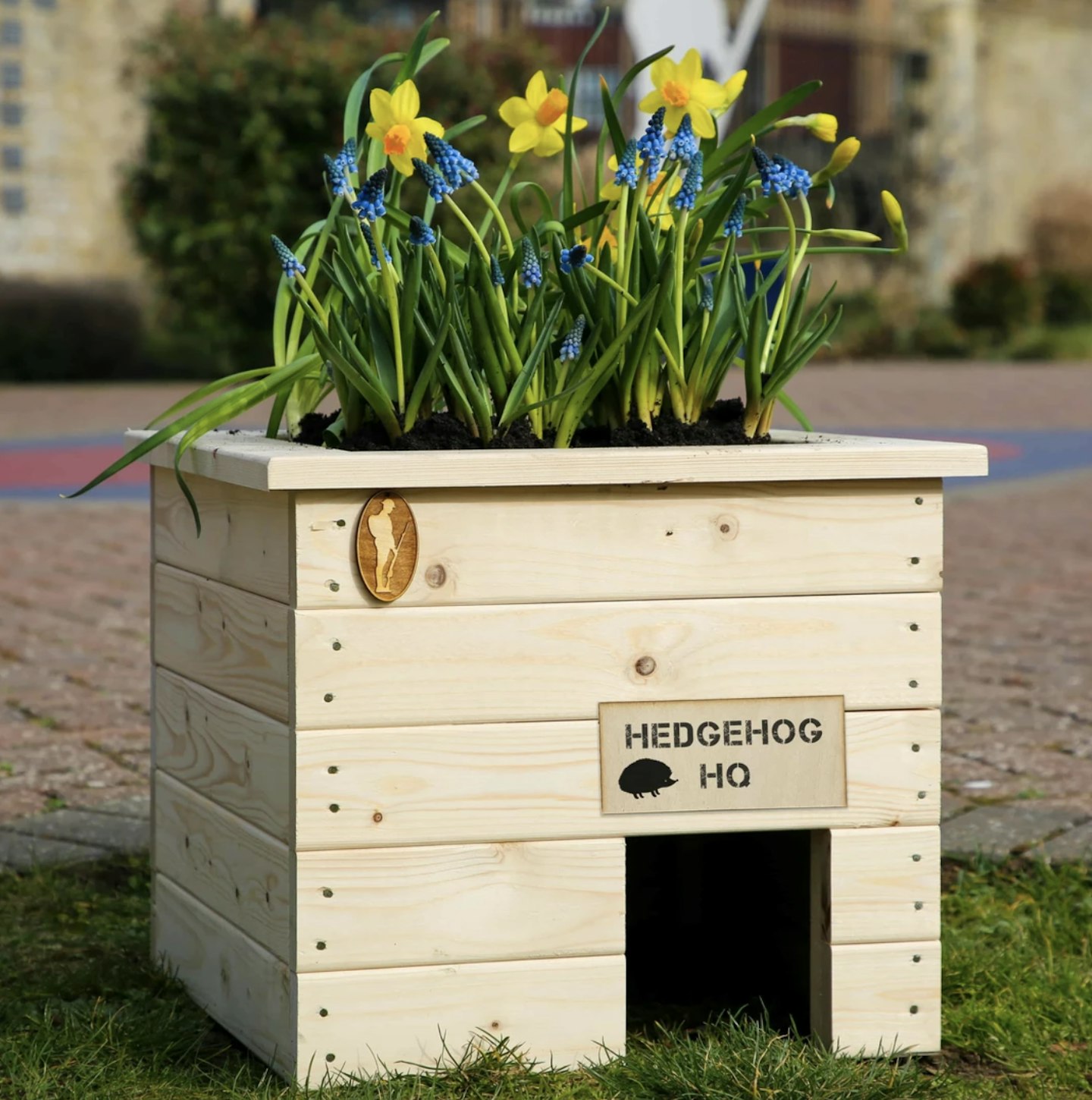
rbli.shop
Doubling up as a planter to attract insects, this Hedgehog HQ makes a wonderful home for our nocturnal friends and a great gift for those that care about the environment.
It's suitable for indoor or outdoor use, which is perfect for those that foster hedgehogs. We love that you can put flowers and shrubs on top.
Pros
- A planter and hedgehog shelter in one
- Arrives fully assembled (out of planed and heat treated British timber)
Cons
- If using outside, should be painted or treated to avoid damage
| Dimensions: | 40cm X 40cm X 40cm |
Emily Gilbert is a Features and Review Editor for Mother&Baby and Yours and has written for the website and previously the magazine for six years. Specialising in product reviews, Emily is the first to know about all the exciting new product releases.
